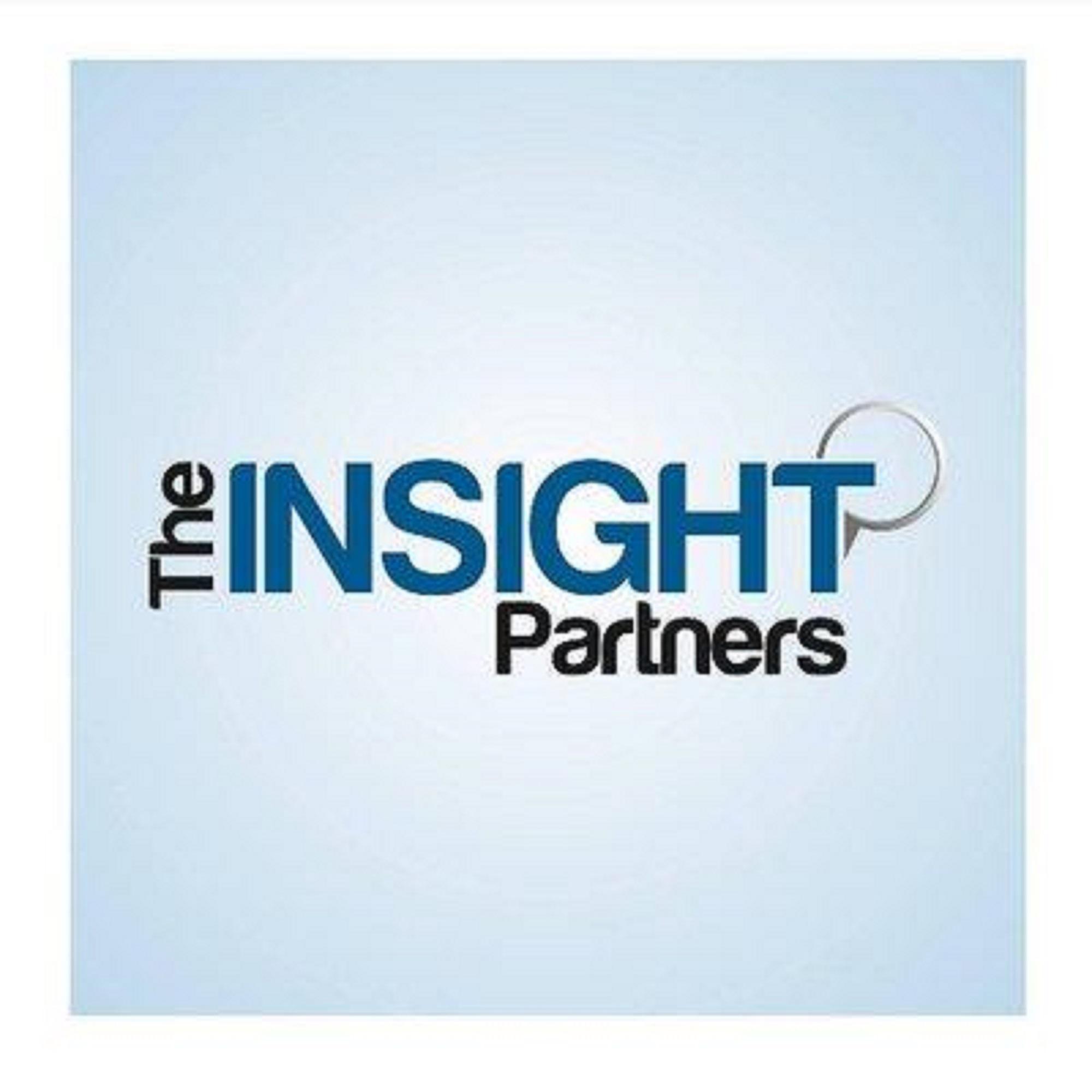United States of America – [23-10-2025] – The Insight Partners is proud to announce its newest market report, “Frontotemporal Disorders Treatment Market: An In-depth Analysis of the Frontotemporal Disorders Treatment Market.” The report provides a comprehensive overview of the Frontotemporal Disorders Treatment Market, examining the current market landscape, key developments, and growth prospects from 2025 to 2031.
Overview of the Frontotemporal Disorders Treatment Market
The Frontotemporal Disorders Treatment Market is witnessing steady growth driven by the rising prevalence of neurodegenerative conditions, increasing investment in neurological research, and growing awareness of frontotemporal disorders (FTDs). Frontotemporal disorders, including Frontotemporal Dementia (FTD), Primary Progressive Aphasia (PPA), and Movement Disorders, affect the brain’s frontal and temporal lobes, leading to behavioral, linguistic, and motor impairments.
Despite the absence of curative therapies, advancements in biomarker research, drug discovery, and genetic understanding of FTDs have opened new avenues for treatment. The growing focus on precision medicine and the development of novel therapeutic targets are driving innovation in this market.
Key Findings and Insights
Market Size and Growth
• Historical Data: The Frontotemporal Disorders Treatment Market is expected to register a CAGR of 5.0% from 2025 to 2031, reflecting consistent growth supported by an expanding patient population and robust R&D efforts in neurodegenerative therapeutics.
• Key Factors Affecting the Market:
Rising global prevalence of frontotemporal dementia and related syndromes.
Increased investment in neuroscience research and clinical trials.
Growing awareness among healthcare professionals and patients about early diagnosis and management.
Advancements in genomic studies identifying potential drug targets.
Increasing collaborations between pharmaceutical companies and academic institutions to accelerate therapeutic discovery.
Market Segmentation
The Frontotemporal Disorders Treatment Market is segmented by drug class, disease indication, route of administration, and distribution channel, offering detailed insights into each category’s contribution to overall market performance.
By Drug Class:
Antidepressants: Widely prescribed to manage behavioral symptoms, depression, and emotional dysregulation associated with FTD.
Antipsychotics: Used to treat agitation, delusions, and severe behavioral disturbances, forming a significant portion of current symptomatic management.
By Disease Indication:
Frontotemporal Dementia (FTD): The largest segment, driven by increasing diagnosis rates and the development of targeted therapies focusing on tau and TDP-43 protein pathologies.
Primary Progressive Aphasia (PPA): Rising incidence of language-related neurodegenerative disorders contributes to the expansion of this segment.
Movement Disorders: Includes atypical parkinsonian syndromes and motor-related FTD variants, highlighting the need for diversified treatment approaches.
By Route of Administration:
Oral: Dominates the market due to ease of use, high patient compliance, and the availability of oral antidepressants and antipsychotics.
Parenteral: Gaining attention for delivering targeted biologics and monoclonal antibodies in ongoing clinical trials.
By Distribution Channel:
Hospital Pharmacy: The leading channel, given the complexity of neurodegenerative treatments and the need for prescription-based medication.
Online Pharmacy: Witnessing rapid growth with the increasing adoption of digital healthcare platforms and telemedicine.
Retail Pharmacy: Continues to play a critical role in supplying maintenance medications for chronic neurological conditions.
Spotting Emerging Trends
Technological Advancements
The market is undergoing a paradigm shift with innovations in neuroimaging, biomarker discovery, and digital diagnostics that enable early and accurate detection of frontotemporal disorders. Researchers are leveraging artificial intelligence (AI) and machine learning to identify subtle cognitive changes and develop predictive models for disease progression. Additionally, advancements in RNA-based therapeutics and gene editing technologies are offering new therapeutic opportunities.
Changing Patient and Physician Preferences
Healthcare professionals are increasingly emphasizing personalized and combination therapies tailored to specific genetic mutations and disease phenotypes. Patients are also showing a growing preference for home-based care, teleconsultations, and digital support tools that facilitate continuous symptom monitoring. The integration of wearable neurological devices and AI-powered cognitive assessments is enhancing disease management and treatment adherence.
Regulatory Changes
Regulatory agencies such as the U.S. Food and Drug Administration (FDA) and the European Medicines Agency (EMA) are accelerating the approval of innovative neurotherapeutics under orphan drug and fast-track programs. These initiatives encourage pharmaceutical companies to invest in rare neurodegenerative conditions like FTD, offering market exclusivity and incentives for breakthrough treatments.
Growth Opportunities
The Frontotemporal Disorders Treatment Market offers vast potential for growth driven by several factors:
Increasing global prevalence of FTD and related conditions in aging populations.
Expanding clinical research pipeline, with multiple phase II and III trials underway for novel drugs targeting tau proteins and neuroinflammation.
Rising focus on personalized medicine, leveraging genetic insights to develop targeted therapeutic interventions.
Strategic collaborations between biotech companies, universities, and research institutes aimed at accelerating the development of disease-modifying treatments.
Growing adoption of digital health platforms to enhance patient engagement, track cognitive decline, and optimize medication adherence.
Market Leaders and Key Company Profiles
The Frontotemporal Disorders Treatment Market is highly competitive, with both established pharmaceutical companies and emerging biotechs investing in advanced therapeutic solutions. Key market players include:
Biogen Inc.
Eli Lilly and Co.
AstraZeneca
Novartis International AG
Roche Holding AG
Pfizer Inc.
TauRx Pharmaceuticals
Acumen Pharmaceuticals
Genentech (Roche)
Alexion Pharmaceuticals
These companies are focusing on expanding their product portfolios through strategic mergers, acquisitions, and licensing agreements. Several are conducting extensive research into tau protein inhibitors, neuroprotective agents, and immunotherapies aimed at halting or reversing disease progression.
Conclusion
The Frontotemporal Disorders Treatment Market: Global Industry Trends, Share, Size, Growth, Opportunity, and Forecast 2023–2031 report offers valuable insights for companies seeking to enter or expand their presence in the neurodegenerative disease therapeutics sector. With the rising incidence of frontotemporal disorders, growing R&D initiatives, and increasing support from regulatory bodies, the market is poised for sustainable growth.
The Insight Partners is a one-stop industry research provider of actionable intelligence. We help our clients get solutions to their research requirements through our syndicated and consulting research services. We specialize in semiconductor and electronics, aerospace and defense, automotive and transportation, biotechnology, healthcare IT, manufacturing and construction, medical devices, technology, media and telecommunications, and chemicals and materials.
Contact Us:
· If you have any queries about this report or if you would like further information, please get in touch with us:
· Contact Person: Ankit Mathur
· E-mail: ankit.mathur@theinsightpartners.com
· Phone: +1-646-491-9876

